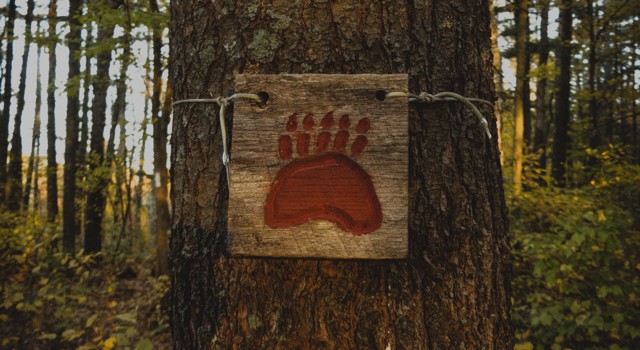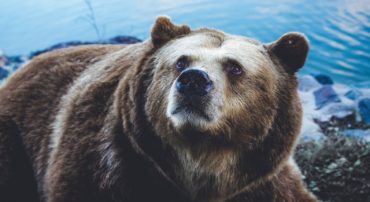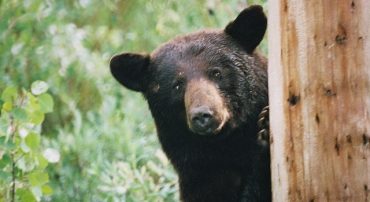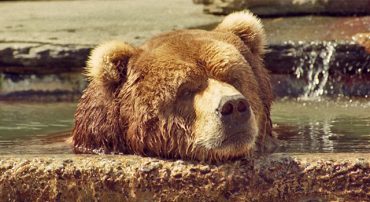 A Bear Market is defined as an index dropping at least 20% from some previous high. Smaller drops in the market between 10% and 20% are called “corrections.” Larger drops of at least 50% are called a “crash.”
A Bear Market is defined as an index dropping at least 20% from some previous high. Smaller drops in the market between 10% and 20% are called “corrections.” Larger drops of at least 50% are called a “crash.”
As of the publication of this article and since 1950, there have been exactly nine Bear Markets in the S&P 500 Price Index (the most common representation of “the market”). Only one of these turned into a stock market crash. The other eight stopped dropping before the loss from peak to bottom was greater than 50%.
I have gradually been writing a series of articles on each Bear Market to show how quickly they correct and how high the subsequent Bull Market rises. Bear Markets are not uncommon and also nothing to be feared.
The stock market is inherently volatile, but it is also inherently profitable. Everyone would want to have invested as much as possible 30 years ago, even knowing all the so-called crises. Long term investing erases all this short term volatility.
Don’t let your fear of the future ruin your future.
Investment News You Maybe Missed (2022 Bear Market)
Hopefully, you didn’t bother looking, and I can be the first to tell you.
Today Was An Intraday Recovery (January 2024)
While we still cannot call the end of the Bear Market from this performance, today’s returns strongly suggest that 15 months ago, October 12, 2022 was the end of this bear market.
Did the 2022 Bear Market Continue Into 2023?
The incongruity between feeling like we are in a bear market for 61.66% of trading days and actually being in a bear market for only 24.81% of those days unfortunately makes bear markets feel longer than they really are.
A Second Dip Turns to Bear Market (June 2022)
Stay the course. Rebalance. Don’t peek.
Today Was An Intraday Bear Market (May 2022)
The S&P 500 saw an intraday bear market today, dipping over 20% down from a prior high and then correcting back before the day’s close.
The S&P 500 Recovered Today from the 2020 COVID Bear Market
Those who flat-lined to cash or who waited to invest their cash until the markets looked better missed out on the recovery.
The Dot Com Bubble: The Bear Market of 2001
Diversification is important. Diversification did not eliminate losses, but it did lose less and recover more quickly.
How a Stability Allocation Helps During a Bear Market (and What To Do If You Forgot One)
While the appreciation allocation helps you achieve your financial goals, introducing a stability allocation into your portfolio can prevent your portfolio from running out of money.
Roth Conversions are More Valuable During Bear Markets
Convert something today. Convert because the markets are down, or maybe convert just because you likely won’t regret it in 30 years when the markets will likely be up a lot more than they are now.
The No-Bear Bull Market of the 1990s
Neither the dire pessimism at the start of the Bull Market of the 1990s nor the blind optimism at the end were warranted.
What We Can Learn From the Almost Bear Market of 2018
To make the strategy of jumping in and out of the markets successful would require a precision only achieved by luck.
Black Monday Bear: The Bear Market of 1987
This Bear market has one of the largest single day losses.
Volker’s Bear: The Bear Market of 1982
Bear markets are often a precipitous decline followed by a slower and steadier recovery. Volker’s Bear is rare in that a slow and steady decline was followed by a sharp precipitous recovery.
The Golden Bear: The Bear Market of 1973
This Bear market is considered one of the greatest challenges to retirement planning.
Double Bottom Bear: The Bear Market of 1970
Bear Markets are unpredictable, but there is no reason that they should be a cause of distress.
Baby Bear: The Bear Market of 1966
Examining past Bear Markets can help provide some context when we experience the next one.
The Kennedy Slide Bear: The Bear Market of 1962
Here are seven sage investing lessons from the J. Paul Getty era.
Teddy Bear: The Bear Market of 1957
The lessons of each bear market are visible with the wisdom of 20/20 hindsight.
Photo by T L on Unsplash

















